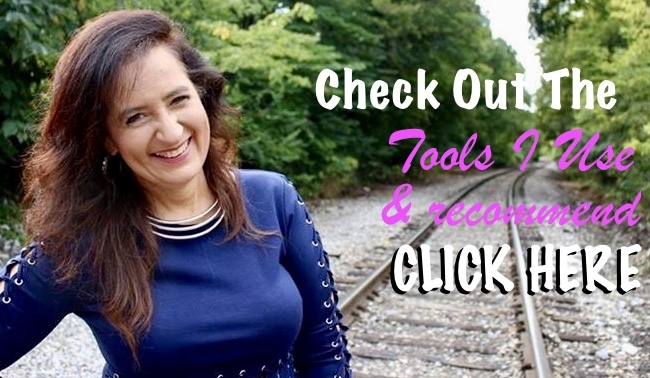This section focuses on grabbing the audience’s attention at the start and leaving a lasting impression at the end.
Making it Memorable: Developing Engaging Introductions and Conclusions.
This section focuses on grabbing the audience’s attention at the start and leaving a lasting impression at the end.
Welcome to Lesson 6, where we master the art of the perfect beginning and the unforgettable ending! In “Making it Memorable,” you’ll learn how to develop engaging introductions that immediately grab your audience’s attention and powerful conclusions that leave a lasting impression. We’ll explore creative techniques to open your speech with a hook and close it with a call to action that inspires and motivates. This is your chance to make every speech count, from the very first word to the very last.
- The Hook: Discover various techniques for crafting a compelling introduction, from asking a provocative question to sharing a powerful anecdote.
- The First Impression: Understand why the first 30 seconds of your speech are crucial for establishing credibility and engagement.
- The Lasting Impact: Learn how to write a powerful conclusion that summarizes your core message and provides a clear call to action.
- The Full Circle: Explore how to tie your conclusion back to your introduction, creating a satisfying and memorable “full circle” effect.
Ecclesiastes 7:8: “Better is the end of a thing than the beginning thereof: and the patient in spirit is better than the proud in spirit.”
- Connection: This verse highlights that the conclusion (“the end of a thing”) holds greater importance than the start. It emphasizes the lasting impact and the value of concluding well, aligning with the lesson’s focus on memorable conclusions.
Revelation 1:8: “I am Alpha and Omega, the beginning and the ending, saith the Lord, which is, and which was, and which is to come, the Almighty.”
- Connection: This verse, where God identifies as both the beginning (Alpha) and the end (Omega), underscores the significance of both beginnings and endings. It suggests that beginnings and endings are equally important.
1 Corinthians 14:40: “Let all things be done decently and in order.”
Connection: While this verse speaks to order in general, it can be applied to the structure of a speech. A “decent” and “orderly” speech includes a well-crafted introduction and conclusion, contributing to the overall clarity and impact of the message.

